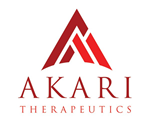Akari Therapeutics Announces Preclinical Ophthalmic Data Showing Nomacopan Reduces Both Vascular Endothelial Growth Factor (VEGF) and Retinal Inflammation Supporting Nomacopan as a Potential Treatment Option for Back-of-the-Eye Diseases
| • | The new data show PAS-nomacopan (the long acting form of Akari’s lead drug, nomacopan) significantly reduced VEGF levels and retinal inflammation, both of which are associated with permanent damage in many back-of-the-eye diseases | |||
| • | PAS-nomacopan lowered intraocular levels of VEGF as effectively as an anti-VEGF antibody; 74% and 68% reduction respectively, compared to saline control | |||
| • | PAS-nomacopan also significantly reduced retinal inflammation compared to saline, unlike the anti-VEGF antibody | |||
| • | Previously reported data showed cell-activating receptors for complement-C5a and leukotriene B4 (LTB4) in the retina. Nomacopan inhibits C5a and LTB4 signalling via these receptors. | |||
| • | By inhibiting VEGF and complement, and reducing retinal inflammation, nomacopan has the potential to treat multiple pathways implicated in back-of-the-eye diseases. | |||
| • | PAS-nomacopan, with its longer half-life, offers potential for less frequent injections (intravitreal dosing), which is critical in the treatment of back-of-the-eye diseases. | |||
Treatment of back-of-the-eye diseases, including angiogenic ocular diseases with new blood vessel growth such as diabetic retinopathy and wet age-related macular degeneration (AMD), is a multi-billion dollar market. VEGF promotes angiogenesis in these latter conditions, and inhibition of VEGF with antibodies such as Lucentis® and antagonists such as Macugen® and Eyelea® form the mainstay of treatment of wet AMD. In contrast, complement inhibitors are being explored as a treatment for dry AMD.
“Despite the successful use of VEGF inhibitors, many patients with AMD and other back-of-the-eye diseases remain sub-optimally treated,” said Professor
Professor Calder and colleagues at UCL have undertaken new work comparing the therapeutic efficacy of nomacopan, PAS-nomacopan, and a monoclonal anti-VEGF antibody all administered intravitreally. Their work utilized an established 26-day model of severe experimental autoimmune uveitis (EAU) in mice which results in elevated VEGF and retinal inflammation mediated by influx of lymphocytes which thereby mimics the pathology seen in several back-of the eye diseases. Drug treatments were administered on day 15 once disease was established and ongoing.
PAS-nomacopan was found to reduce intraocular VEGF levels by as much as the anti-VEGF antibody with 74% (p=0.04) and 68% (p=0.05) reductions respectively, compared to saline control. Furthermore, while clinically assessed inflammation increased in both the control and anti-VEGF groups by 49% and 33%, respectively, PAS-nomacopan treatment showed a 9% reduction in inflammation assessed by retinal fundoscopy (p=0.02), supporting nomacopan’s therapeutic activity across multiple pathogenic pathways.
PAS-nomacopan, which has a very large functional molecular weight of 670kDa, due to use of the PASylationTM technology (Kuhn et al. 20161), was more effective than nomacopan (17kDa) in reducing both VEGF levels and inflammation, probably reflecting longer residency time of PAS-nomacopan in the eye.
The rationale for using nomacopan as a treatment for the back-of-the-eye was initiated by the discovery that cell-activating receptors (C5aR1 and BLT1) that bind to complement C5a and LTB4 are expressed by retinal inflammatory cells in the back of the eye. Nomacopan inhibits C5 activation preventing formation of C5a and captures LTB4, and thereby has the potential to inhibit C5a and LTB4 signalling via the receptors identified in the retina.
Furthermore, as previously reported in an EAU model (
These results suggest the potential for nomacopan as a first-line treatment for multiple back-of-the-eye diseases in that the single drug has now been demonstrated to mitigate three pathways implicated in uveal, macular and retinal diseases:
| • | Inhibition of VEGF release, a key driver of wet AMD | |
| • | Reduced expression of inflammatory mediators such as the cytokine IL-17 | |
| • | Inhibition of the complement pathway, implicated in dry AMD |
1Nomacopan, formerly Coversin, accepted as International Non-proprietary Name by
About
Akari is a biopharmaceutical company focused on developing inhibitors of acute and chronic inflammation, specifically for the treatment of rare and orphan diseases, in particular those where the complement (C5) or leukotriene (LTB4) systems, or both complement and leukotrienes together, play a primary role in disease progression. Akari's lead drug candidate, nomacopan (formerly known as Coversin), is a C5 complement inhibitor that also independently and specifically inhibits leukotriene B4 (LTB4). Nomacopan is currently being clinically evaluated in four indications: bullous pemphigoid (BP), atopic keratoconjunctivitis (AKC), thrombotic microangiopathy (TMA), and paroxysmal nocturnal hemoglobinuria (PNH). Akari believes that the dual action of nomacopan on both C5 and LTB4 may be beneficial in AKC and BP. Akari is also developing other tick derived proteins, including longer acting versions.
Cautionary Note Regarding Forward-Looking Statements
Certain statements in this press release constitute “forward-looking statements” within the meaning of the Private Securities Litigation Reform Act of 1995 regarding, among other things, statements related to the offering, the expected gross proceeds and the expected closing of the offering. These forward-looking statements reflect our current views about our plans, intentions, expectations, strategies and prospects, which are based on the information currently available to us and on assumptions we have made. Although we believe that our plans, intentions, expectations, strategies and prospects as reflected in or suggested by those forward-looking statements are reasonable, we can give no assurance that the plans, intentions, expectations or strategies will be attained or achieved. Furthermore, actual results may differ materially from those described in the forward-looking statements and will be affected by a variety of risks and factors that are beyond our control. Such risks and uncertainties for our company include, but are not limited to: needs for additional capital to fund our operations, our ability to continue as a going concern; uncertainties of cash flows and inability to meet working capital needs; an inability or delay in obtaining required regulatory approvals for nomacopan and any other product candidates, which may result in unexpected cost expenditures; our ability to obtain orphan drug designation in additional indications; risks inherent in drug development in general; uncertainties in obtaining successful clinical results for nomacopan and any other product candidates and unexpected costs that may result therefrom; our ability to enter into collaborative, licensing, and other commercial relationships and on terms commercially reasonable to us; difficulties enrolling patients in our clinical trials; failure to realize any value of nomacopan and any other product candidates developed and being developed in light of inherent risks and difficulties involved in successfully bringing product candidates to market; inability to develop new product candidates and support existing product candidates; the approval by the
For more information
Investor Contact:
Westwicke
(443) 213-0505
peter.vozzo@westwicke.com
Media Contact:
Consilium Strategic Communications
+44 (0)20 3709 5700
Akari@consilium-comms.com
Source: Akari Therapeutics Plc



